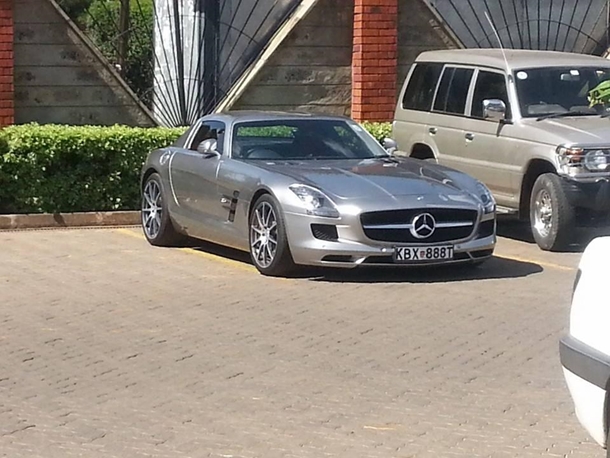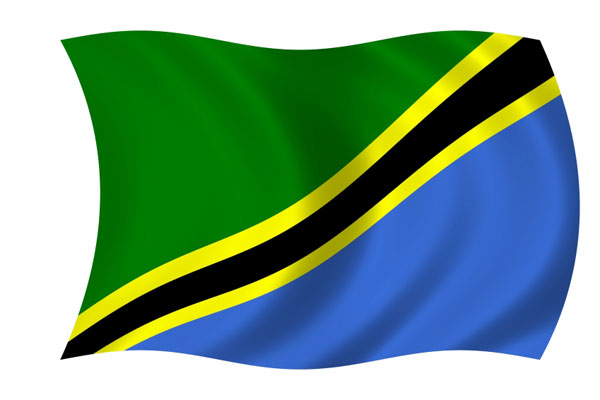Kenya Railways has received an additional 17 freight locomotives, six shunting locomotives, 50 flat wagons for containers and four unit cranes ahead of the commissioning of Standard Gauge Railway (SGR) freight services in December.
Speaking at the Mombasa port during offloading of the equipment, Transport Principal Secretary Prof Paul Mwangi said the government was keen on optimising the SGR for freight transport locally and within the region.
While freight operations are scheduled to begin in December, passenger services are set to kick off on May 31.
So far, Kenya Railways has received 25 freight locomotives out of the 43 on order, the full order of five passenger and eight shunting locomotives and all the 40 passenger coaches that were ordered.
At least 763 wagons out of the 1,620 on order have been delivered.
“The SGR is the backbone of Kenya’s multi modal infrastructure development and will play a key role in spurring economic growth. It is expected that freight uptake via SGR will considerably increase rail transport capacity from the port once the operations commence in December,” Prof Mwangi said.
Operation of freight services is scheduled to begin once the expansion and modernisation of the Nairobi Inland Container Depot (ICD) is completed and handling equipment installed. Goods will be offloaded at Nairobi Terminus, whose construction is almost complete, he added.
Fares yet to be set
Concerning the charges for the passenger and freight, the PS said the tariffs were being determined and will be published in time for the commencement of the operations.
“We expect that in two weeks’ time we will be able to announce the charges for the fares and freight rates,” Prof Mwangi said Monday.
The railway will run freight trains with 54 double-stack flat wagons, carrying 216 twenty foot equivalent units (Teus) per trip with a load of 4,000 tonnes on each train.
For the passenger service, there will be two categories of trains - the intercity, which will stop only at Mtito Andei travelling at a speed of 100 kilometres per hour and county trains, which will stop at all the seven passenger stations and will move at a speed of 85 kilometres per hour.
The stations are at Mariakani, Miasenyi, Voi, Mtito Andei, Kibwezi, Emali and Athi River.
The trains are expected to carry up to a million passengers annually, with two trains running daily and each ferrying 1,000 passengers.



![[PHOTOS] Top 20 Used Cars to Avoid Buying in Kenya](../../../blog/wp-content/uploads/2013/11/top-used-unreliable-cars-to-avoid2-80x60.jpg)



![[PHOTOS] Top 20 Used Cars to Avoid Buying in Kenya](../../../blog/wp-content/uploads/2013/11/top-used-unreliable-cars-to-avoid2-100x70.jpg)


